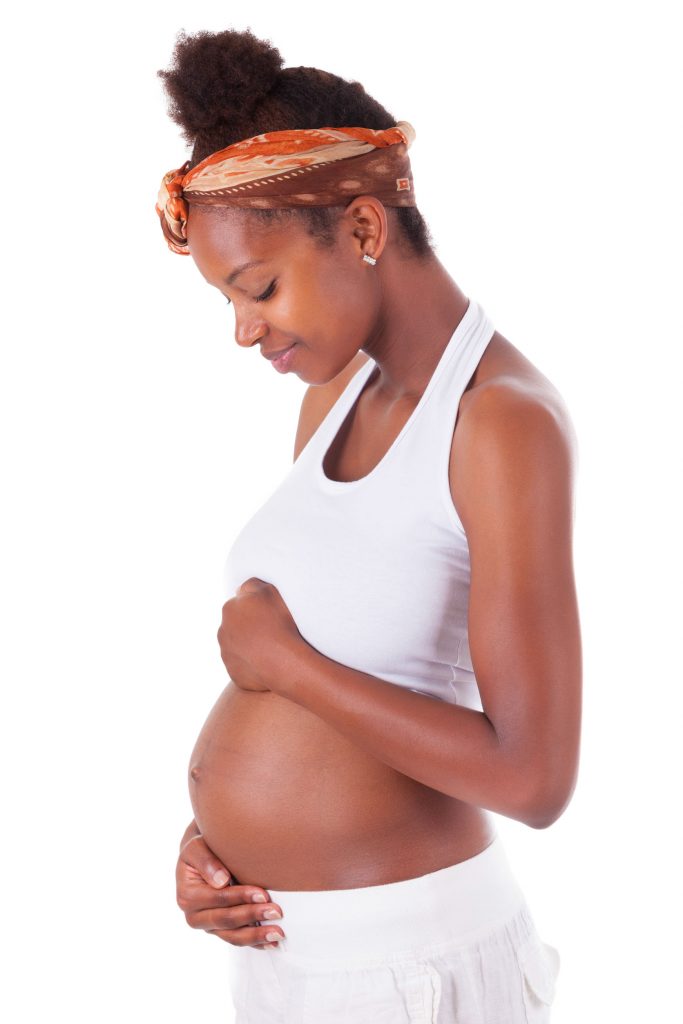The MOH plan for treating pregnancy related back and pelvic pain
Back, pelvic or pubic pain and discomfort during pregnancy are super common and transient discomfort really is to be expected to some extent. BUT…Persisting pain throughout pregnancy effects around 20-25% of all pregnancies and is NOT normal.
What we’re usually talking about is pain anywhere in the area of the pelvis or the low back where your pelvis meets the base of your spine. It can be deep pain in the front and/or back of the pelvis or it can radiate down into the thighs.
This sort of pain can be referred to by several names but it’s most often called:
- Pelvic girdle pain (PGP)
- Pregnancy related pelvic pain (PRPP)
- Sacroiliac joint pain, (SIJP)
- Symphysis pubis dysfunction (SPD)

Pain is typically on activities such as:
Walking, Pushing a pram, Going up and down stairs, Rolling over in bed, Getting in and out of a car and Lifting, or Bending
PRPP can be experienced at almost any time during pregnancy but onset around the middle of the second trimester is most common. Highly problematic pain usually develops in the later stages of pregnancy when both mum and bub are heavier.
Who is at risk of developing persistent pain in pregnancy?
Women who are most at risk of developing back pain are those who are in poorer physical condition or health going in to pregnancy and those who have experienced back pain prior to pregnancy. Especially if they have had recurrent or particularly debilitating back pain prior.
What causes PRPP?
As your body is changing, so does your centre of gravity. It will gradually move forward as your uterus and baby grows, which causes your posture to change and this can produce back pain. Particularly if you lack the flexibility or mobility to accommodate the shift in postural positioning.
Carrying a baby to term also means your back, trunk and core must support additional weight, this can be anywhere from 10-20kg. If you’re not normally active and don’t typically lift, carry and move around these types of loads then there is some chance you could sustain an injury. But, there’s probably a much better chance this will just set off a few alarm bells for your very sensitive nervous system which is super charged, trying to protect you and ensure survival of the future of the species. Injury or not, the struggle of pain is real.
The hormones released during pregnancy often get a bad wrap because they cause so many changes to your body. Most of these changes are actually really helpful and they prepare your body to undertake the most spectacular feat you’ll ever witness. One of the most obvious changes is that the ligaments and connective tissues of your pelvis and low back will soften to permit greater expansion and allow for delivery of the baby.
Overall your joints become looser and this may transiently affect the ability of your muscles to provide back support, but the nervous system usually works this out pretty quickly and adapts support to match your newfound flexibility.
The most common cause of back pain during pregnancy is probably strain on these back muscles as they work to manage the increased loads and your increased range of motion. If these muscles just aren’t up to the job then we start to see increased injury risk to other connective tissue and joint structures like cartilages, discs and ligaments – though this is probably much less common.
Another common cause of pain in pregnancy is nerve irritability, this can manifest as back pain, sciatic pain and even carpal tunnel syndrome. This probably results from fluid retention and compression from local muscles tightening and clenching to cope with increased demands.
So what do you do if you have pregnancy related back pain, soreness and stiffness?
There is never a single solution for any type of pain so the best first step is to see an osteopath who can help you work out what sorts of factors are likely driving your pain. They can help you tailor a safe treatment plan that gives the best chance of resolution. A sensible plan should probably include some combination of hands on work to settle and soothe the muscles and nerves, and a home or in-clinic exercise program to better balance movement and strength of the musculoskeletal system through this time of ongoing change.
Osteopathy can help support healthy physical adaption of your body during pregnancy. Soft tissue, nerve mobilisation and joint articulation techniques are all gentle ways of reducing pain in pregnancy. Osteopaths can also use taping and bracing techniques to provide you with extra stability and support when needed.
Exercise physiology or clinical exercise has many well-established benefits for pregnant women, among them is that appropriate exercise can help support and strengthen your back and pelvis, which may limit pain in pregnancy. Exercise will also help you manage or reduce the risk of gestational diabetes and reduce the risk of your bub developing diabetes or obesity… bonus!
Massage, gentle soft tissue release and stretching can all be beneficial also. A good massage in pregnancy can help improve movement, decrease pain and relax all those tight, tense muscles. The right sort of massage can also help move fluid and decrease symptoms of nerve irritability associated with fluid retention.
Homework Heat packs, regular gentle exercise and a good mindfulness routine can also help alleviate back pain and muscle tension.
Overall a tailored treatment plan can help maintain body balance and decrease the physical stress of pregnancy and labour, as well as support post birth recovery.
